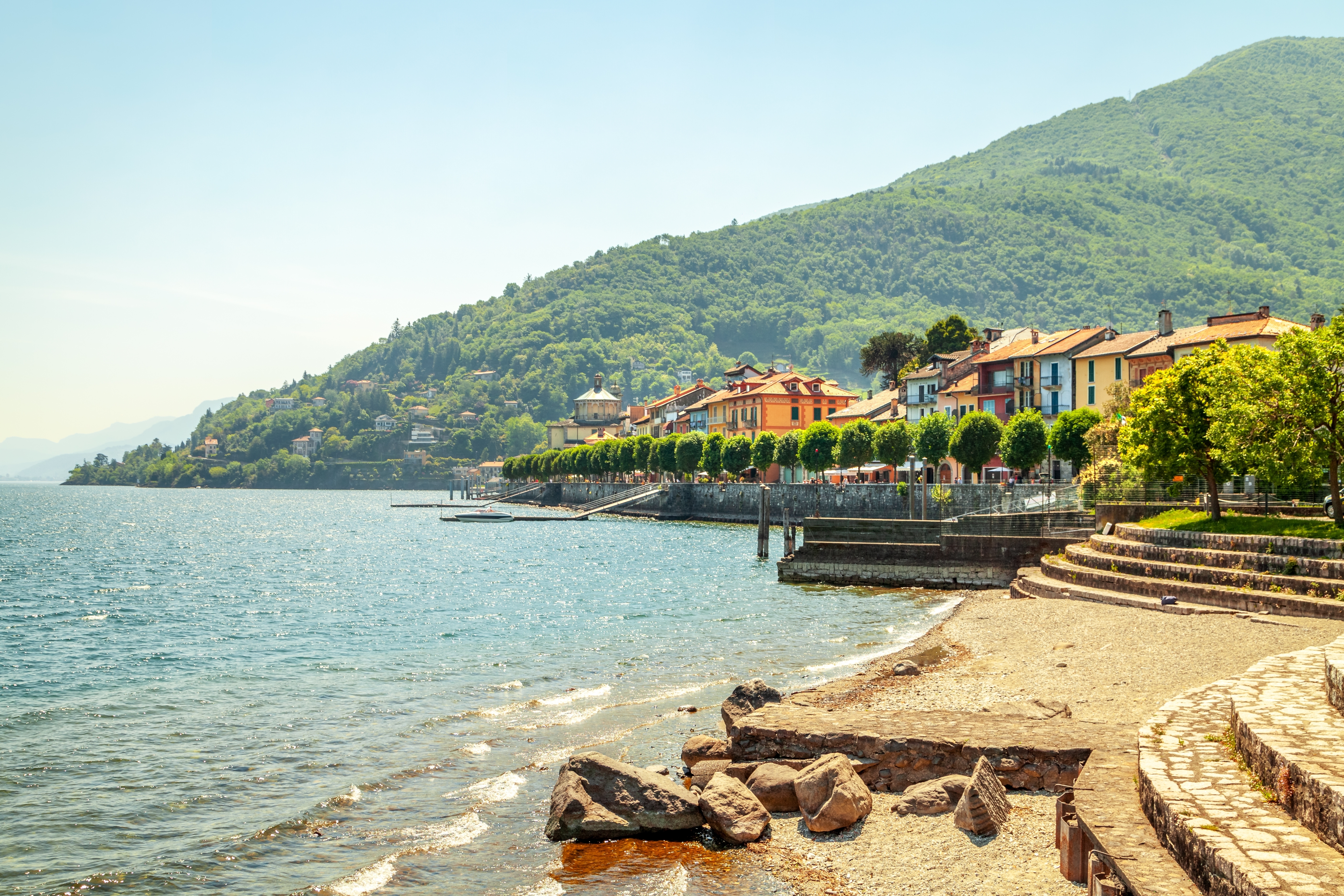Melting glaciers in the Alps have prompted Italy and Switzerland to redraw their border to compensate for the ever-shifting landmass.
According to the BBC, “Large sections of the Swiss-Italian border are determined by glacier ridgelines or areas of perpetual snow, but melting glaciers have caused these natural boundaries to shift, leading to both countries seeking to rectify the border.”
The area most affected is said to be beneath the famous Matterhorn — one of the tallest mountains in Europe — and close to a number of popular ski resorts, including Switzerland’s Zermatt (which is also shared with Italian resorts). Thousands of skiers are drawn to the area each winter.
The Swiss government ratified the changes, originally drawn up in May 2023, in late September, though Italian approval is still pending at the time of writing.
While the 578 km- (359-mile)-long line between the two countries has blurred, Italian-Swiss border towns remain unique places to visit where diverse languages, traditions and cuisines delightfully collide.
Here are four towns that best embody this blend.
Domodossola (20-minute train or car ride from the border)

As enjoyable to visit as it is to pronounce (doh·moh·dohs·soh·la), this medieval Italian town, located in the northern region of Piedmont, is set in the fold of seven alpine valleys that make up the province of Verbano-Cusio-Ossola. It’s famed for its splendid architecture, including elegant loggias and porticoes, and incredible mountain scenery.
With a long history as a transit route for pilgrims and trade, in 1805, Domodossola received a boost from Napoleon, who paved the way for what would become the modern-day Simplon Tunnel — a 20-km (12.4-mile) pass connecting Switzerland to Italy from Brig to Iselle. Inaugurated by King Vittorio Emanuele III and the Swiss president Ludwig Forrer on May 19, 1906, just over a century later. The north-south mountain pass helped put Domodossola on the map as a key railway junction between the two nations. To learn more about this important link and its history, you can check out the Simplon Tunnel portion of the Gian Giacomo Galletti civic museum group in Palazzo San Francesco.
A final tip: Gli svizzeri (the Swiss) are known to “hop the fence” into Italy to shop at Domodossola’s centuries-old open-air market that takes place each Saturday on the Piazza Mercato.
Cannobio (10 minutes to Switzerland)

A popular resort in the Piedmont region, Cannobio is an enchanting village that offers visitors a well-appointed lido and a wide choice of water sports as well as hiking and cycling trails.
Just behind the town, trails lead into the Cannobina Valley, part of the Val Grande National Park, and rafting along the Sant’Anna Gorge along the rushing Cannobino waters is a favorite area pastime.
In the centro storico, the Sanctuary of the Santissima Pietà is said to have been the scene of the miracle of the “sacred rib.” Legend has it that in 1522, a painting of the Virgin Mary spontaneously bled. Each year on January 7, a festival of the Lumineri (or lights) takes place to commemorate the event, with lanterns and candles lighting up everywhere from the lakefront to boats on the harbor to windows along the streets.
Campione d’Italia (hemmed by Switzerland on all sides)

About a 40-minute drive from the city of Como, Lombardy’s Campione d’Italia (Champion of Italy) is a small town of about 2,000 people girdling the eastern shores of Lago di Lugano.
Campione d’Italia is unique in its status as an Italian “exclave” — a territory completely surrounded by another. It’s encircled by the Ticino region, the only Italian-speaking Swiss Canton (member state), but it’s officially part of Italy (although it only just became part of European Union customs territory in 2020, much to the chagrin of many residents, who previously enjoyed several tax breaks and Swiss public services).
If that weren’t confusing enough, salaries in Campione are paid out in Swiss Francs (although euros are often used out and about in town), mail is delivered by Poste Italiane, but the telephone area code is Swiss. Swiss-Italian is spoken by most locals — essentially standard Italian sprinkled here and there with German words and phrases.
One of only a few places in Italy to be granted a casino license, the hulking Casino Campione d’Italia was designed by Swiss architect Mario Botta. Today, the popular lakefront venue has over 500 slot machines, and is the town’s biggest tourist draw by a long shot.
Tirano (board the Bernina Express)

Located in Lombardy’s Valtellina valley, the pretty town of Tirano is a picturesque gateway to the majestic Alps. It’s the starting point of the Bernina Express — listed as a UNESCO World Heritage site and voted one of the most scenic train routes in Europe. The rail journey crosses the spectacular Engadin Alps, connecting Chur and Poschiavo, Switzerland in less than three hours.
As for Tirano, the town is a fascinating mix of Baroque churches, cobble lanes and Renaissance-era buildings, with dramatic mountain peaks that make a popular base for hikers and winter sports enthusiasts.









